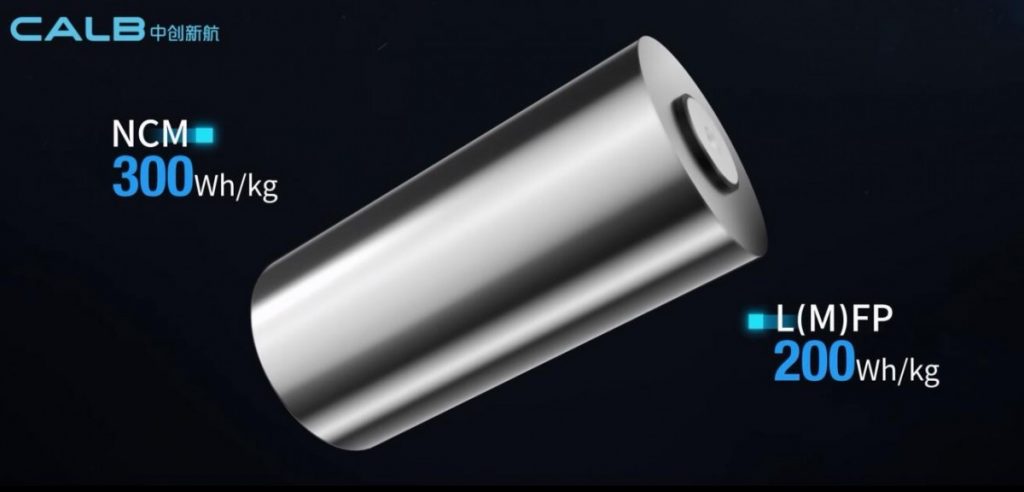At the recent China EV 100 Forum, CALB (China Aviation Lithium Battery Co., Ltd) revealed a groundbreaking new battery technology that could significantly enhance both energy density and production capacity. While currently ranked among the top 10 battery manufacturers in the world, CALB hopes that their new battery technology will help them move up the ranks and compete with the industry’s biggest players.
CALB’s new battery technology boasts a unique U-shaped design that incorporates both structural and chemical innovations. These advances promise to reduce the current resistance of components by 50%, thereby allowing for improved energy density of up to 300 Wh/kg. Additionally, the new technology enables 6C charging, potentially allowing for a full charge in just 10 minutes.
See also: Chinese electric vehicle battery manufacturer CALB to build battery production facility in Portugal
According to Dr. Huang Qisen, the Director of CALB’s Research Institute, “The U-shaped design of our new battery is a world’s first. We are excited about the potential for this technology to not only revolutionize the battery industry, but also to benefit society by enabling faster and more efficient charging of electric vehicles.”
The reduction in current resistance is a significant advantage over the widely used Tabless structure, which currently has 70% less current flow and 50% higher structural resistance than CALB’s new battery. Additionally, CALB’s new battery technology allows for a modest 3% space savings.
In terms of manufacturing, CALB’s new battery technology offers a simpler and faster production process. Dr. Huang notes that “with our new battery, we will require 70% fewer welding machines in one production line. This will not only reduce costs but also allow us to ramp up production more quickly.”
See also: The US VinFast Community is officially launched for VinFast electric car owners and enthusiasts
While CALB’s new battery technology is undoubtedly groundbreaking, there is no timeline for mass production or availability in passenger vehicles. However, the potential for improved energy density, faster charging, and simpler manufacturing is certainly cause for excitement and anticipation in the electric vehicle industry.
